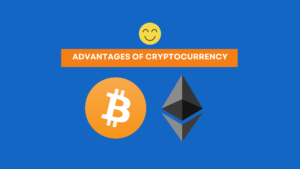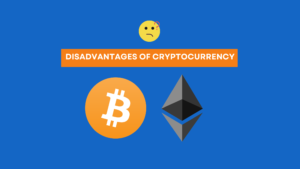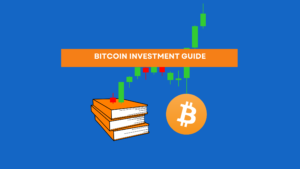
The year 2018 is a roller-coaster ride for the cryptocurrency market. It began with high hopes and expectations after the meteoric rise of Bitcoin and other cryptocurrencies in 2017. However, as the year unfolded, the crypto market faced significant challenges, including regulatory crackdowns and a sharp decline in prices. In this blog post, we take a look back at the top 10 cryptocurrencies of 2018, highlighting the winners and losers of this year.
- Bitcoin (BTC)
Bitcoin, the pioneer of cryptocurrencies, maintained its dominance in 2018. Despite experiencing a drastic price drop from its all-time high of nearly $20,000 in December 2017 to around $3,000 by the end of 2018, Bitcoin remained the most valuable and widely recognized cryptocurrency. Its market cap, community support, and adoption by institutional investors solidified its position as the leader of the pack.
- Ethereum (ETH)
Ethereum, often regarded as the second most important cryptocurrency, had a challenging year. It faced scalability issues, internal conflicts, and increased competition from other smart contract platforms. However, Ethereum continued to be the go-to platform for ICOs and decentralized applications (DApps), maintaining its position as a key player in the crypto space.
- Ripple (XRP)
Ripple, known for its focus on cross-border payments, faced its share of ups and downs in 2018. It gained partnerships with major financial institutions but also grappled with regulatory concerns. XRP’s price followed the general market trend, experiencing a significant drop during the year.
- Bitcoin Cash (BCH)
Bitcoin Cash emerged in 2017 as a fork of Bitcoin, aiming to offer faster and cheaper transactions. It had a tumultuous year marked by infighting within its community, leading to a contentious hard fork in November 2018. This split resulted in the creation of Bitcoin SV (BSV), which further divided the Bitcoin Cash community.
- Litecoin (LTC)
Litecoin, often referred to as the silver to Bitcoin’s gold, maintained its position as one of the top cryptocurrencies in 2018. While its price declined along with the broader market, Litecoin’s focus on fast and low-cost transactions continued to attract users.
- EOS (EOS)
EOS made headlines in 2018 with its ambitious goal of becoming the “Ethereum killer” by offering a scalable and user-friendly platform for DApps. Despite some initial success, EOS faced criticism for centralization concerns and network issues.
- Cardano (ADA)
Cardano, a project known for its scientific approach to blockchain development, gained attention in 2018. Its roadmap, which promised smart contract functionality and scalability, fueled investor interest. However, Cardano was still in its early stages of development at the end of 2018.
- Stellar (XLM)
Stellar, designed for cross-border payments and asset tokenization, saw significant partnerships in 2018. It formed alliances with major companies, including IBM and Deloitte, to facilitate cross-border transactions. Despite these partnerships, XLM’s price followed the overall market trend.
- IOTA (MIOTA)
IOTA stood out in 2018 with its unique approach to the Internet of Things (IoT) and a revolutionary consensus mechanism called the Tangle. While it gained attention for its potential applications in IoT, IOTA faced criticism for its centralization concerns and technical challenges.
- Tron (TRX)
Tron, led by Justin Sun, aimed to disrupt the entertainment industry by providing a blockchain-based platform for content creators. It made headlines with its acquisition of BitTorrent and the launch of its Mainnet. However, Tron also faced allegations of plagiarism and controversy.
2018 was a year of highs and lows for the cryptocurrency market. While Bitcoin and a few other cryptocurrencies maintained their dominance and relevance, many projects faced internal strife, regulatory hurdles, crypto hacking and technical challenges. It serves as a reminder of the volatility and unpredictability inherent in the cryptocurrency space. As we look back at 2018, it’s clear that the crypto market is a dynamic and ever-evolving ecosystem where only the most robust projects survive and thrive.





